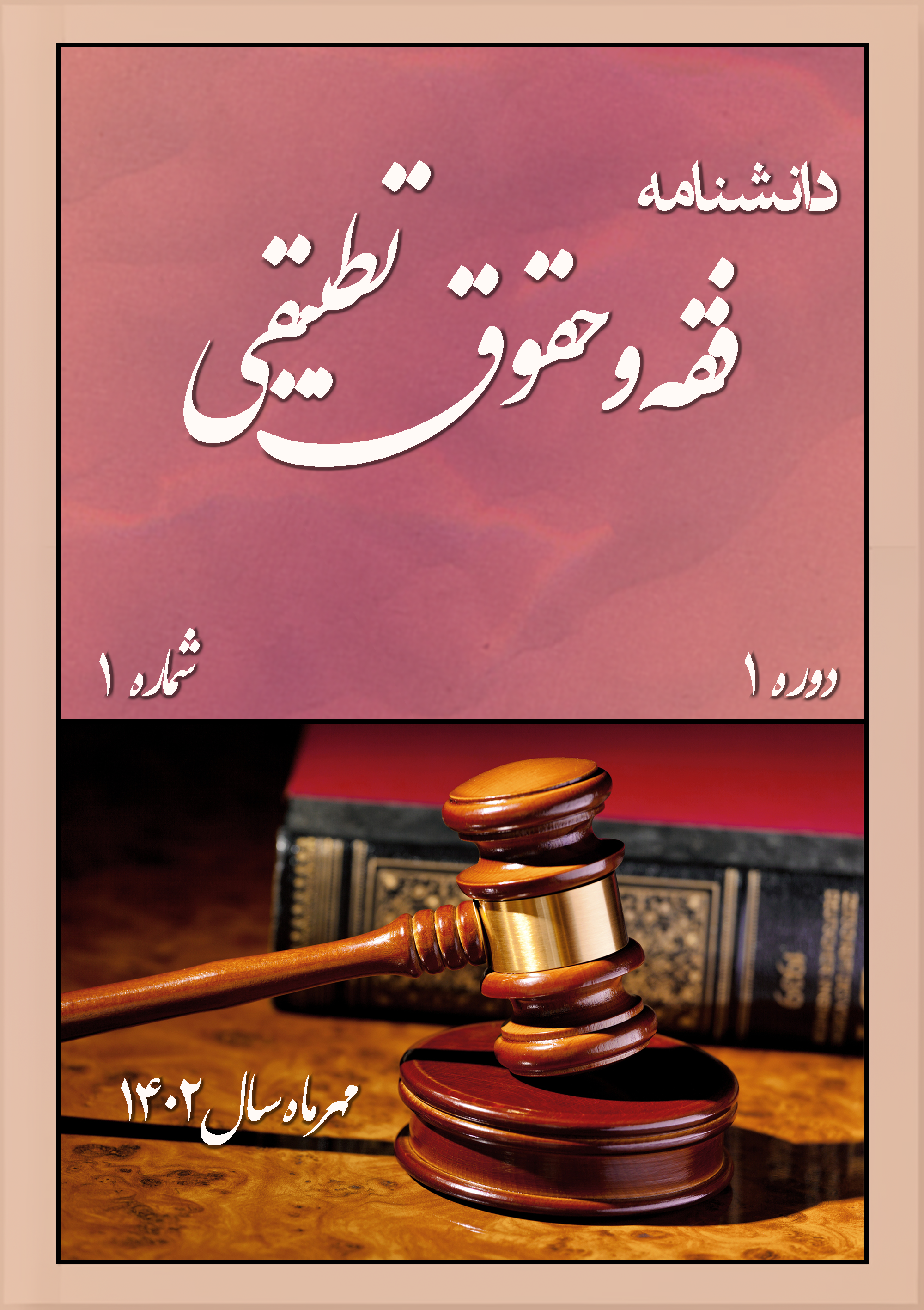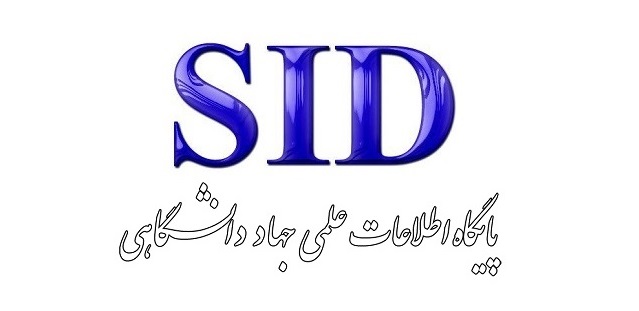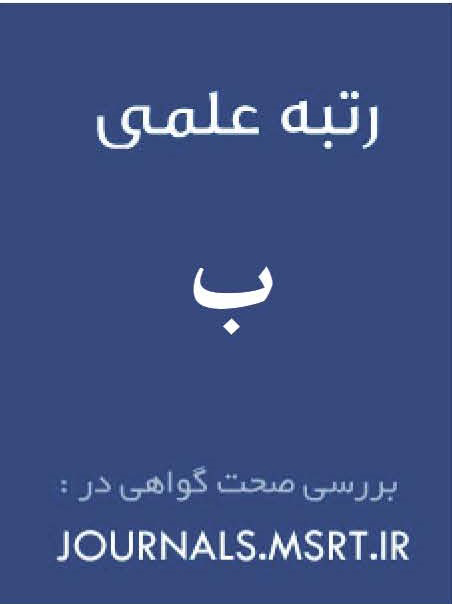مبارزه با بردگی جنسی کودکان در چارچوب کنوانسیون پالرمو
کلمات کلیدی:
بردگی جنسی کودکان, قاچاق انسان, کنوانسیون پالرمو , نظام بینالمللی حقوق بش, حمایت از قربانیان, مبارزه با جرایم سازمانیافتهچکیده
بردگی جنسی کودکان یکی از شدیدترین اشکال نقض حقوق بشر و جرایم سازمانیافته فراملی بشمار میآید که نظام بینالمللی حقوق بشر و اسناد بینالمللی کیفری بهویژه کنوانسیون سازمان ملل متحد علیه جرایم سازمانیافته فراملی و پروتکل الحاقی آن در خصوص پیشگیری، سرکوب و مجازات قاچاق اشخاص، بهویژه زنان و کودکان، بهطور خاص به آن پرداختهاند. این مقاله با رویکردی تحلیلی-توصیفی، به بررسی ابعاد حقوقی بردگی جنسی کودکان در نظام بینالمللی پرداخته و کارآمدی سازوکارهای کنوانسیون پالرمو را در پیشگیری، مقابله و حمایت از قربانیان این پدیده ارزیابی نمود. یافتههای این پژوهش نشان میدهد که کنوانسیون پالرمو از طریق رویکرد سهجانبه پیشگیری، حمایت و مجازات، بستر حقوقی گستردهای را برای همکاری بینالمللی در مقابله با قاچاق کودکان با هدف استثمار جنسی فراهم نوده است. بااینحال، چالشهایی نظیر ضعف در اجرای تعهدات دولتها، عدم هماهنگی میان نظامهای حقوقی داخلی و بینالمللی، و مشکلات مربوط به شناسایی و حمایت از قربانیان، مانع از تحقق کامل اهداف این کنوانسیون شده است.
دانلودها
مراجع
Bales, K. (2012). Disposable People: New Slavery in the Global Economy. University of California Press.
Europol. (2021). Internet Organized Crime Threat Assessment.
Farrell, A., Owens, C., & McDevitt, J. (2019). New Laws but Few Cases: Understanding the Challenges to the Prosecution of Human Trafficking Cases. Crime, Law and Social Change.
Gallagher, A. (2010). The International Law of Human Trafficking. Cambridge University Press.
Ghasemi, V., Hosseini Moghaddam, A., & Habibi, J. (2024). The Role of the Welfare Organization in Reducing Sexual Abuse of Children in the Light of the Concept of Administrative Police.”. New Research in Administrative LawVL - 6(18), 145-171.
Hammond, G., & McGlone, M. (2014). Entry, Progression, Exit, and Service Provision for Survivors of Sex Trafficking: Implications for Effective Interventions. Global Social Welfare, 1(4), 157-168. https://doi.org/10.1007/s40609-014-0010-0
ILO. (2019). Ending Child Labour, Forced Labour and Human Trafficking. International Labour Organization.
Interpol. (2020). Human Trafficking and Smuggling of Migrants.
Kneebone, S., & Debeljak, J. (2012). Transnational Crime and Human Rights: Responses to Human Trafficking in the Greater Mekong Subregion. Abingdon: Routledge.
Lansdowne, R. (2016). Child Trafficking and International Law. Routledge.
Mantafourn, V. (2020). Commentary on the Convention on the Rights of the Child, Article 34: Sexual Exploitation and Sexual Abuse of Children. Tehran: Haftan Publishing.
Molabeygi, A., & Jafari, A. (2019). Legislative-Judicial Criminal Policy of Iran Regarding Sexual Crimes Against Children in the Light of International Documents.”. Journal of Criminal Law and Criminology Studies, 48(2), 257-274.
Ranjbarian, A. (2013). Seminar on Presenting the Findings of Four Studies: Report on Contemporary Forms of Slavery, Exploitation of Women and Children.”.
Rayejian Asli, M. (2007). Criminology, Lecture Notes for Undergraduate Law Courses.
Rayejian Asli, M. (2011). Victimology, Volume 1: Developments in Victimology and Criminal Sciences. Tehran: Shahr-e Danesh Legal Studies and Research Institute.
Raymond, J. G. (2002). The New UN Trafficking Protocol. Women’s Studies International Forum, 25(5). http://www.heartintl.net/HEART/030106/TheNewUNTrafficking.pdf
Shelley, L. (2010). Human Trafficking: A Global Perspective. Cambridge University Press.
UNICEF. (2017). Guidelines on the Protection of Child Victims of Trafficking.
United Nations. (2000). Protocol to Prevent, Suppress and Punish Trafficking in Persons, Especially Women and Children, supplementing the United Nations Convention against Transnational Organized Crime. https://www.unodc.org/documents/treaties/UNTOC/Publications/TOC%20Convention/TOCebook-e.pdf
UNODC. (2022). Legislative Guide to the United Nations Convention Against Transnational Organized Crime.
Weitzer, R. (2015). Human Trafficking and Contemporary Slavery. Annual Review of Sociology.










